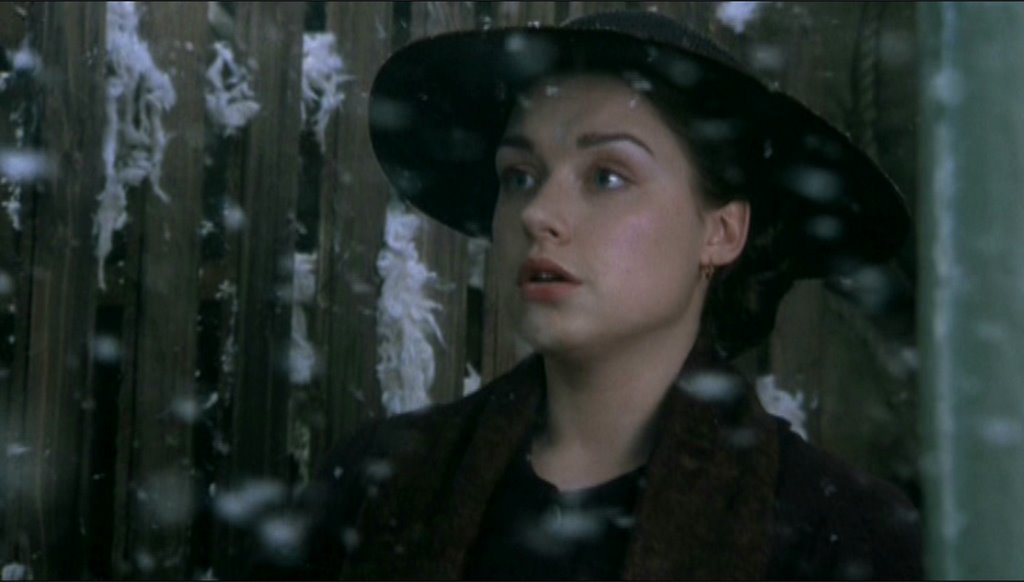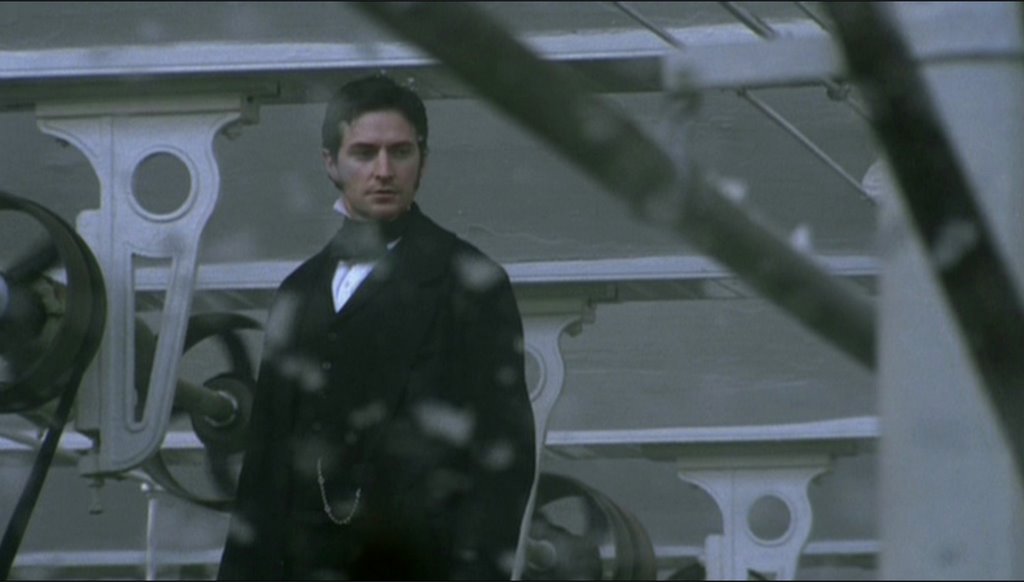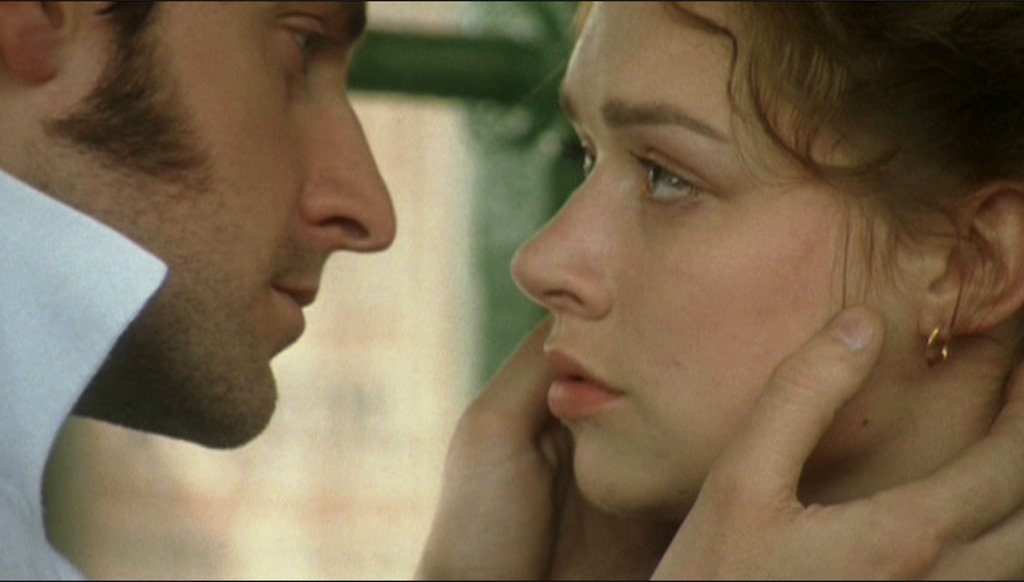There are moments in history, moments which appeared to be accidents, which end up shaping the destinies of nations. One such moment was the unplanned encounter of twenty-three year old Emperor Franz Joseph with his fifteen year old cousin, Elisabeth of Bavaria. They met for the first time since Elisabeth's childhood at the spa at Bad Ischl where the young emperor had journeyed to become betrothed to Elisabeth's older sister, Helene. Of course, it was expected that Franz Joseph would see Elisabeth at some point during the holiday, but it was not expected that when he did he would fall desperately in love with her. In spite of the bride's youth, immaturity and extreme reluctance to assume any imperial duties, the couple were married within the year.
The fateful meeting of Franz Joseph and Elisabeth at Bad Ischl is dramatized in the 1955 German film
Sissi 
starring Romy Schneider in the title role and Karlheinz Böhm as the young emperor. The film is the first of a trilogy about Elisabeth, a trilogy which has been blamed for propagating the romantic fairy tale view of Franz Joseph and Elisabeth's troubled marriage. However, there are worse things to be deluded about than the relationship of Franz Joseph and Elisabeth, especially when during their lives they did as much to propagate the myth about themselves as did any filmmaker. All one has to do is look at the portraits of Elisabeth with her hair tumbling down, or the popular prints showing the royal couple riding together or walking arm-in arm or sitting surrounded by their children, to guess that they wanted the dream to be true as much as anyone else did. Ultimately, theirs is a story of star-crossed lovers who are never able to live out their love for each other because of the crushing demands of empire as well as basic incompatibility.
Romy Schneider's Sissi is an utterly captivating mischief maker, a cross between Marie-Antoinette, Maria of
The Sound of Music and Heidi of
Heidi. She is the antithesis of everything in Franz Joseph's regimented, highly disciplined life, a life which has already experienced war, revolution, exile and restoration. When Franz Joseph insists that he will marry no one but Sissi, the viewer knows he means it, even as Sissi herself knows her destiny has been determined as she accepts the armful of red roses from her suitor. The portrayal of Sissi's loving but topsy-turvy family is humorous and delightful, reminding me of other large families I have known. On the other hand, Franz Joseph's mother Archduchess Sophie thinks that Elisabeth is completely unsuitable to be empress and makes no secret of her disappointment as well as of her determination to force the lively girl into submission.
Filmed on location in Austria and Bavaria, every scene shows stunning mountain vistas that Americans would later relish in
The Sound of Music. As far as pageantry goes, the film is second to none, except perhaps the other two films in the trilogy, which as of this writing I have yet to see. The shot of Elisabeth's barge sailing down the Danube as she waves to the rejoicing crowds on the shore is almost Wagnerian in its beauty and pathos. The wedding scene is incomparable for the majesty of both the liturgy and the imperial pomp. Anyone who loves historical drama must see
Sissi.
Sissi is overall one of the best films about royalty ever, free from the skeptical undercurrent which too often characterizes Hollywood films about royals. To watch a film about south Germans and Austrians with German and Austrian actors truly makes the past come alive. Effort was made to make the costumes and sets as accurate as possible. I think that
Sissi perfectly captures the mood of the beginning of the relationship of the imperial couple, with all the joy and hope and fairy tale glamor amid great misgivings. I look forward to the other two films, entitled
Sissi — die junge Kaiserin (
Sissi — The Young Empress) and
Sissi — Schicksalsjahre einer Kaiserin (1957) (
Sissi — Fateful Years of an Empress).
(Images:
HERE and
HERE.)
Share












































